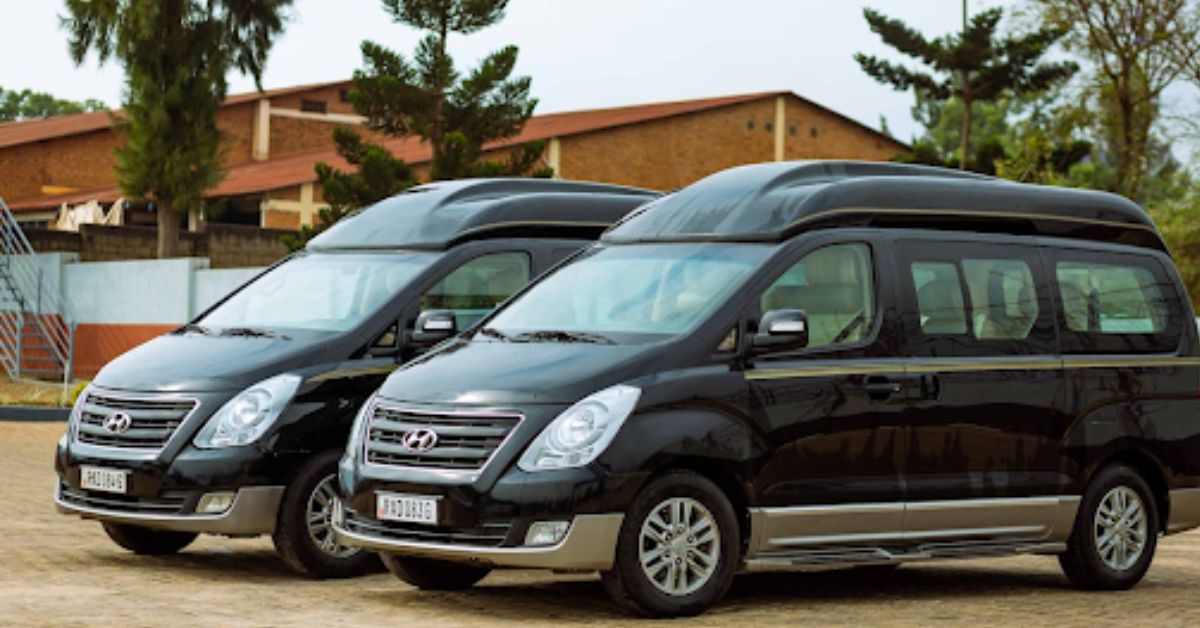So, how do you get the best deal on van insurance?
As a van owner, you already know that buying van insurance can feel like being in a maze. With so many different options, confusing jargon, and hugely different prices, it’s no wonder you feel overwhelmed. But did you know…
The wrong decision could cost you thousands.
Whether you’re a tradesperson, delivery driver, or weekend van owner who enjoys a campervan, understanding van insurance options is critical to protecting your livelihood and your wallet.
In this article, you’ll learn:
- Understanding van insurance basics
- Key coverage types you need
- How to compare policies
- Money-saving tips that work
- Common mistakes to avoid
Understanding van insurance basics
Van insurance isn’t car insurance with a bigger vehicle. It’s a completely different animal that needs a different approach to get right.
Here’s what makes van insurance unique:
Van insurance policies are designed around how you use your van. A van that’s used for 200 miles a day for deliveries will have different risks than a campervan used on the weekend. That’s why insurance companies price their policies based on usage patterns.
The average cost of UK van insurance is £575.05 as of February 2025, which represents a near 5% increase from the previous year. What most people don’t realise though is that regional variations can make a huge difference to your costs depending on where you live and drive.
Whereas car insurance has seen premiums decline by 16%, van insurance premiums have actually increased. That shows that there are different market dynamics at play and why you need a strategy designed specifically for commercial vehicles.
Essential coverage types you need
Third Party Only (TPO)
This is the minimum legal requirement. It covers damage to other people’s property and pays compensation for injury, but not for your van. Whilst it’s the cheapest option up front, it leaves you with nothing but exposure if your van is stolen, damaged, or written off.
Third Party, Fire & Theft (TPFT)
This provides an extra layer of protection on top of TPO. It covers you if your van is stolen or damaged by fire. Given that vans are a target for thieves – especially those that are full of tools and equipment – this additional protection is often worth the extra cost.
Comprehensive Coverage
This is the gold standard of van insurance cover that protects you against almost anything. It includes all the benefits of TPFT plus protection against accidental damage, vandalism, and damage caused by weather conditions.
Goods in Transit
If you regularly carry valuable cargo, tools, or equipment in your van, this protects the contents of your van. Many tradespeople think that their tools are covered by comprehensive insurance, but that’s not always the case unless you add on Goods in Transit.
Public Liability
This is an essential insurance policy for anyone using their van for business purposes. It protects you if someone is injured or their property is damaged as a result of your work activities.
How regional differences affect your premiums
Drivers in London and Northern Ireland have seen above average price increases, while some regions in Scotland and the rest of England have seen decreases. That’s not just coincidence, though, it’s a reflection of the real differences in crime rates, traffic density, and claim frequency in different parts of the country.
Urban vs rural differences
City driving means higher premiums due to increased theft risk, more traffic, and higher repair costs. Drivers in rural areas often get lower base premiums, but might have coverage restrictions or higher excess amounts.
Age differences
Drivers in the middle of their lives (25-49 years) have seen the largest increases in van insurance costs, with an 8.4% increase over the last year. Younger drivers saw a smaller increase of 1.1%, while those over 50 saw a 4.7% increase.
Money-saving tips that actually work
Bundle your policies
Many insurance companies offer big discounts if you combine your van insurance with other insurance such as home or business insurance. That can save you 10-20% or more on your overall insurance costs.
Increase your voluntary excess
By agreeing to pay more out of your own pocket in the event of a claim, you can significantly reduce your monthly premiums. Just make sure you can afford the excess amount if you need to make a claim.
Add security features
Alarms, immobilisers, tracking devices, and parking in a secure area can all help to reduce your premiums. Many insurers offer discounts for approved security systems and the savings can pay for the equipment in a year or two.
Be realistic about mileage
When you’re getting quotes, be realistic about your annual mileage. Overestimating can cost you money, but underestimating can get you into trouble. Most van insurance policies don’t have a standard mileage limit, but rather are “indemnity” based, meaning you can drive as much as you want.
Pay in a lump sum
Many insurance companies charge interest on monthly plans. Paying up front typically saves 5-10% over paying monthly.
Comparing policies effectively
Don’t just look at price
The cheapest policy isn’t always the best value. Take into account the excess amounts, coverage limits, and exclusions when making a decision. A slightly more expensive policy with better coverage can save you thousands if you make a claim.
Check the claims process
Do some research on how each insurer handles claims. Look at online reviews and ratings by actual customers, not just industry awards. An insurer that makes it difficult to claim can turn a bad situation into a nightmare.
Check the exclusions
Every insurance policy has exclusions – situations that are not covered. Common exclusions include using your van for hire and reward without the right licence, racing, or using your van for purposes not covered on your policy.
Check the insurer’s financial strength
There’s no point having cheap insurance if the company you’re buying it from won’t be around to pay your claim. Check the insurer’s financial ratings and stability before committing to a policy.
Business use considerations
Social, Domestic & Pleasure (SDP)
This is the basic level of cover, suitable for personal use only. If you use your van for any business-related activities, even once in a while, you need business coverage.
Class 1 Business Use
This covers you for driving to and from your place of work and includes SDP use. This is sufficient for most employed drivers who use their van to commute.
Class 2 Business Use
This allows you to visit multiple work locations and carry work-related materials. This is essential for tradespeople, delivery drivers, and mobile service providers.
Class 3 Commercial Use
This is the most comprehensive business coverage, including driving for hire and reward. This is required for courier services, taxi operations, and other commercial ventures.
Getting your business use classification wrong is one of the most expensive mistakes you can make. Using your van for business purposes on an SDP policy could void your insurance altogether.
Common mistakes that cost you money
Underinsuring your van’s value
Many van owners lower their van’s value to save money. That backfires when you need to make a claim – you’ll only get the declared value, not the actual replacement cost.
Forgetting about modifications
Don’t forget to declare any modifications you’ve made to your van. If you don’t, your insurer will likely refuse to pay for the damage if you make a claim.
Setting your excess too high
Agreeing to pay more out of your own pocket in the event of a claim reduces your premiums. Just make sure you can actually afford the excess amount if you need to make a claim.
How to get the best deal
Shop around smart
Use multiple comparison sites and call insurers directly. Many offer their best deals to phone customers and will match competitors’ quotes.
Wrapping up
Van insurance premiums have seen mixed results, with a 1.6% increase in the year to February 2025 followed by a more recent decline as a result of increased competition. That makes it even more important to shop around for the best deal.
The key to getting great van insurance isn’t just getting the cheapest price – it’s finding the right balance of coverage, cost, and service that works for you. Whether you’re driving tools to job sites or going on weekend camping trips, having the right protection gives you peace of mind.
Remember, van insurance isn’t a “set it and forget it” purchase. You should review your policy annually, especially if your circumstances change. A few minutes of research every year can save you hundreds of pounds.










